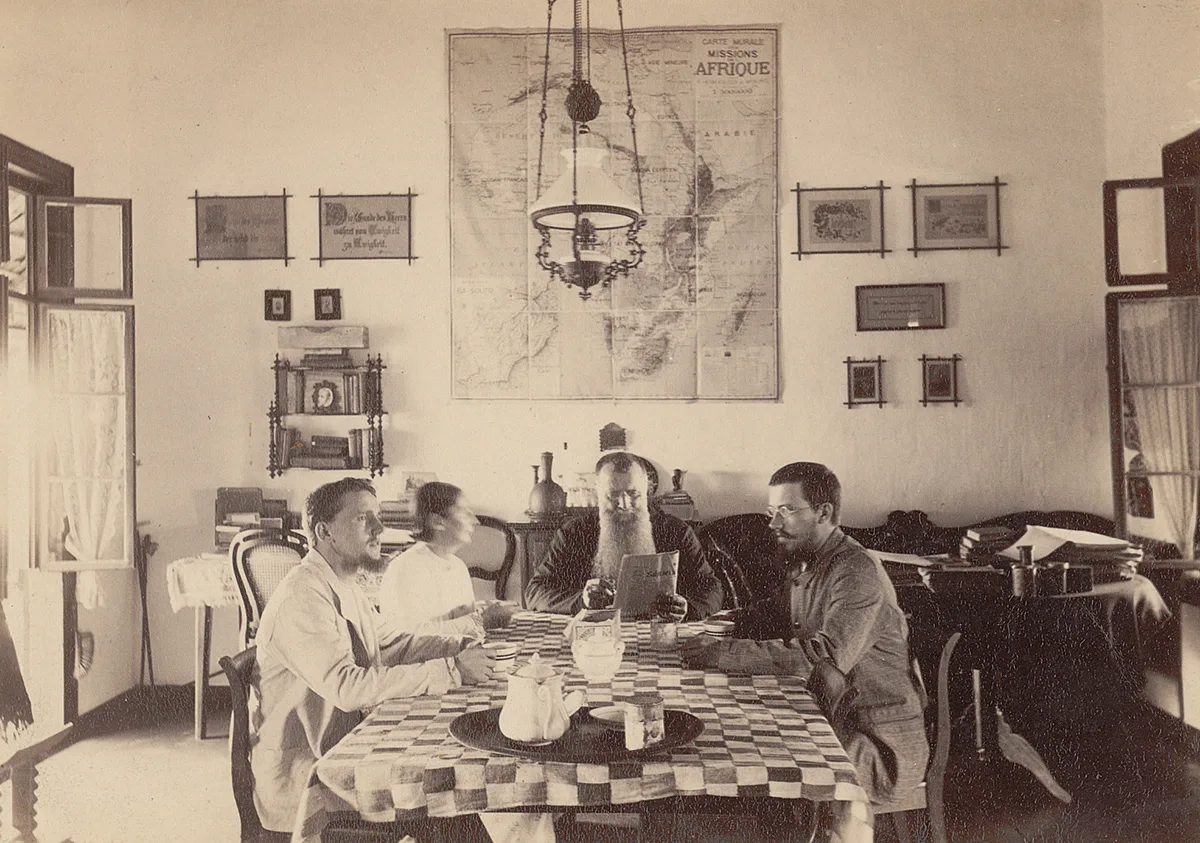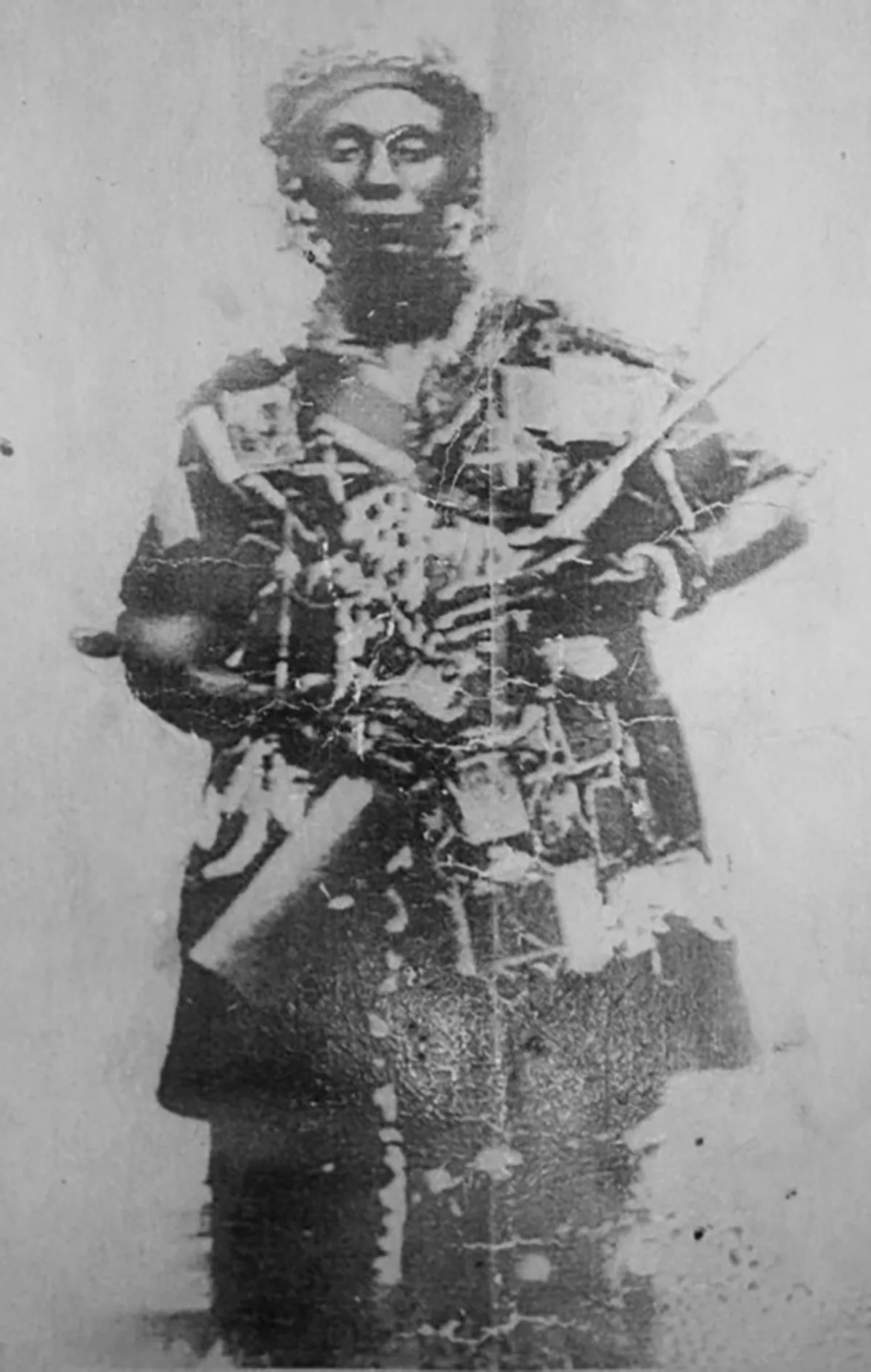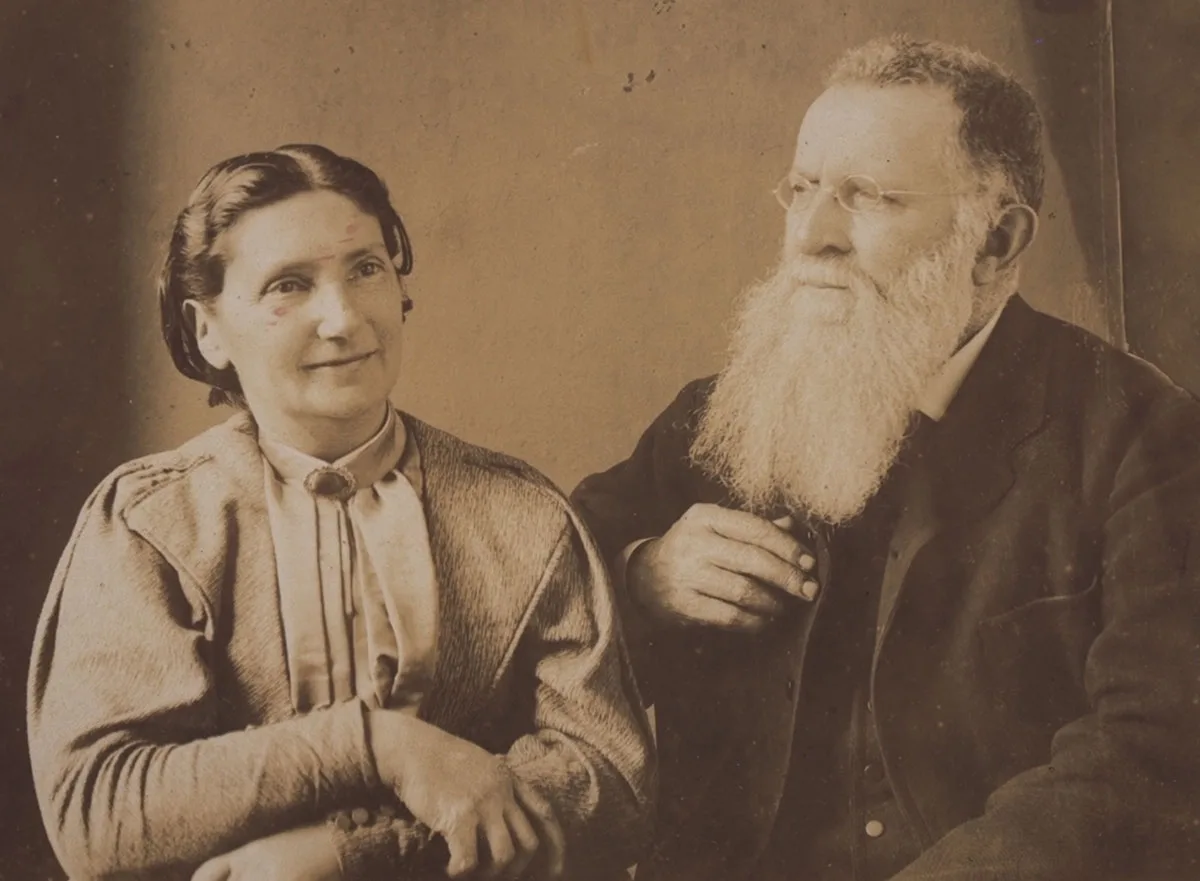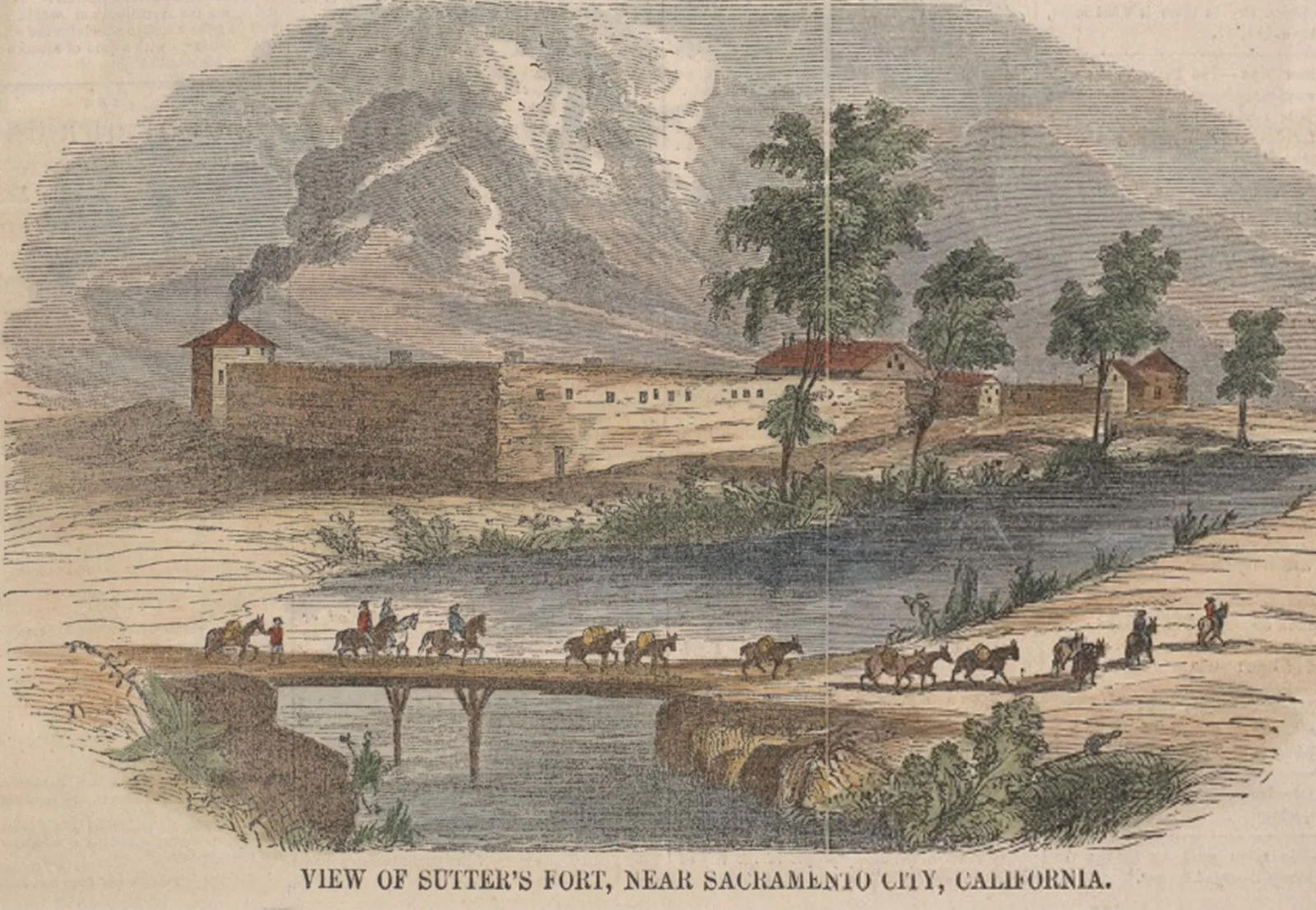
Fritz Ramseyer – Swiss missionary and colonial agent
British cannons paved the way for the Basel Mission to Kumasi, the capital city of the West African Asante Empire, in the 19th century. Swiss missionary Fritz Ramseyer also played a key part.
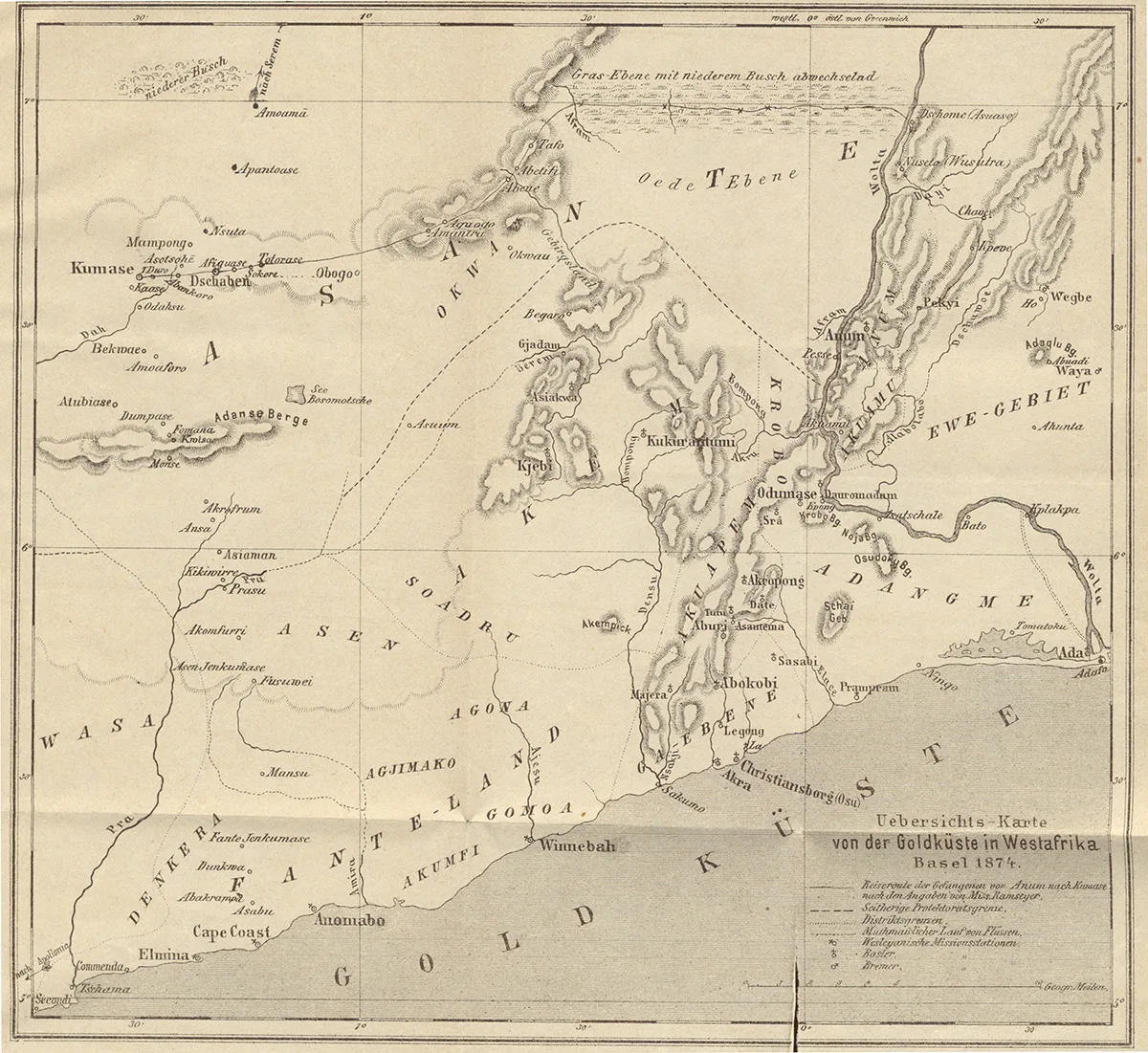
The kidnapping made Fritz Ramseyer a famous figure across large parts of Europe. His family’s fate, in particular the death of his son on the forced march from Anum to Kumasi, was reported in all the Basel Mission’s information channels. The Ramseyers and Kühne spent a total of four years held captive in Kumasi, as the Asantehene (King of Asante) viewed the Europeans as a bargaining chip in the conflict with the British.
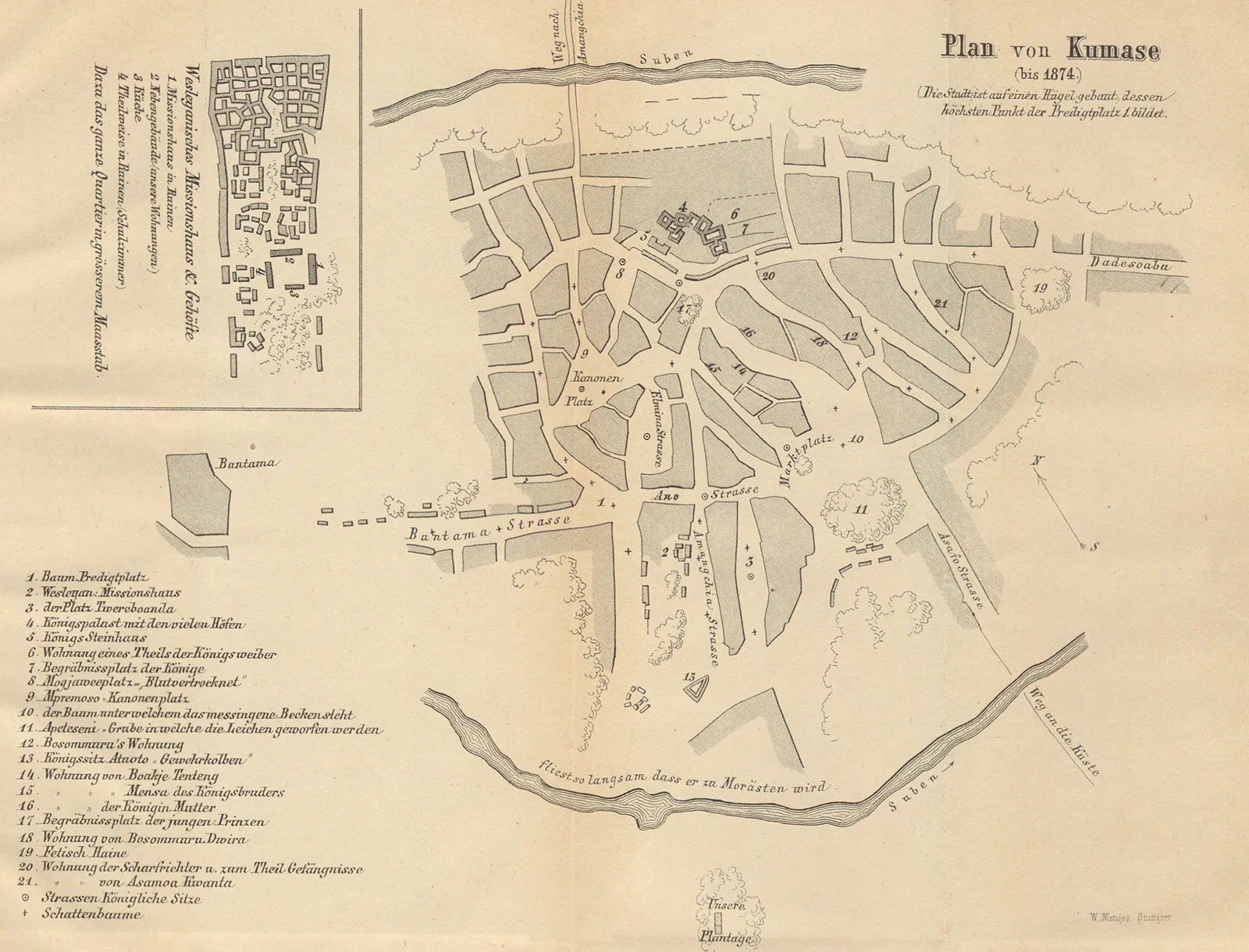
In 1872, the British purchased the Elmina fortress from the Dutch, ignoring old territorial claims by the Asante to the coastal region. A direct war between Kumasi and the British was by then inevitable. When a British army was formed in Cape Coast under the command of Sir Garnet Wolseley, the Asante released the hostages without gaining anything in return. After marching on Kumasi, the British troops razed the Asante capital to the ground.
The case of Kumasi as the capital of the “most bellicose people in all of Africa” provoked a sort of crusading fervour in the Basel Mission and in England with regard to future missionary work in Asante. Fritz Ramseyer was the driving force behind a potential ‘Asante mission’. He successfully completed a missionary propaganda tour of England’s churches to raise money for the planned Basel mission.
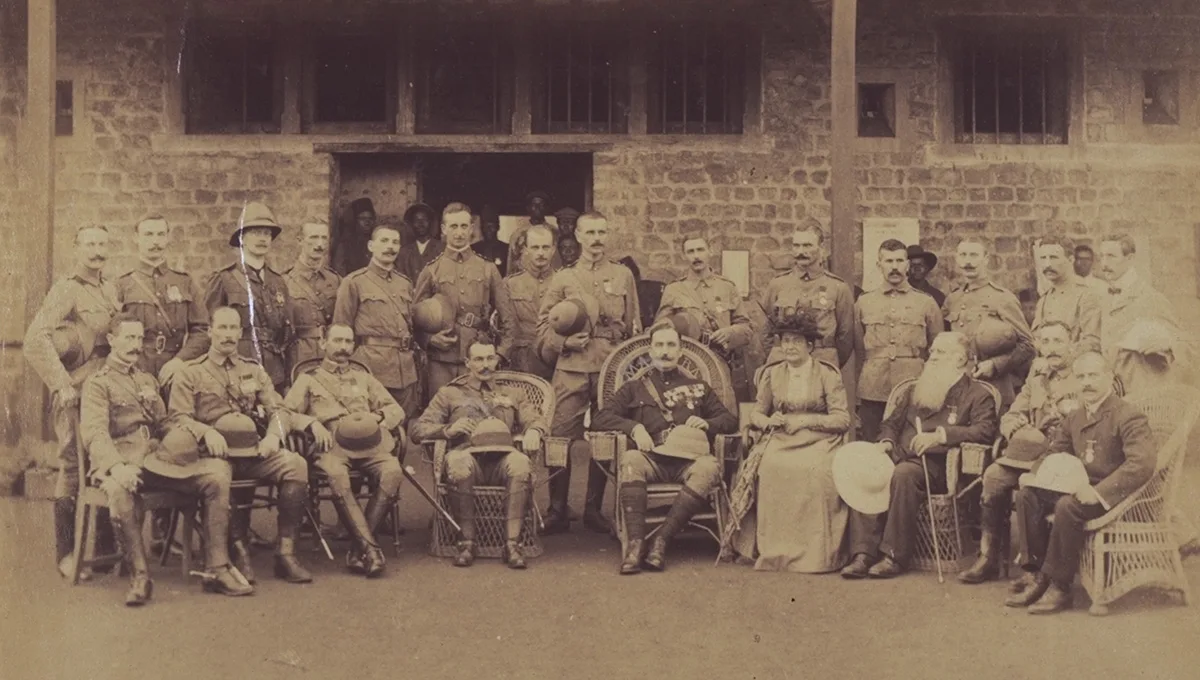
It was Fritz Ramseyer who turned the attention of his superiors in Basel to Kwawu, a plateau outside the control of the Crown colony. Prominent chiefs from Kwawu took advantage of the weakness of Kumasi in 1874/75 and broke away from the Asante Empire. The secessionist-minded chiefs agreed to the opening of a missionary station on their territory. The first praeses was Fritz Ramseyer who saw the station in Abetifi as a stepping stone for the real missionary work in Kumasi.
In the years that followed, the mission evolved to become an unofficial political force in Kwawu. Ramseyer used his good reputation to work towards the signing of a protectorate agreement between the erstwhile Asante province and the colonial power. In the late 1880s the moment finally came and the protectorate agreement was formally signed by local chiefs in the presence of District Commissioner Dr Smith. Ramseyer also signed the agreement as a witness and the historic moment is captured in a photograph.
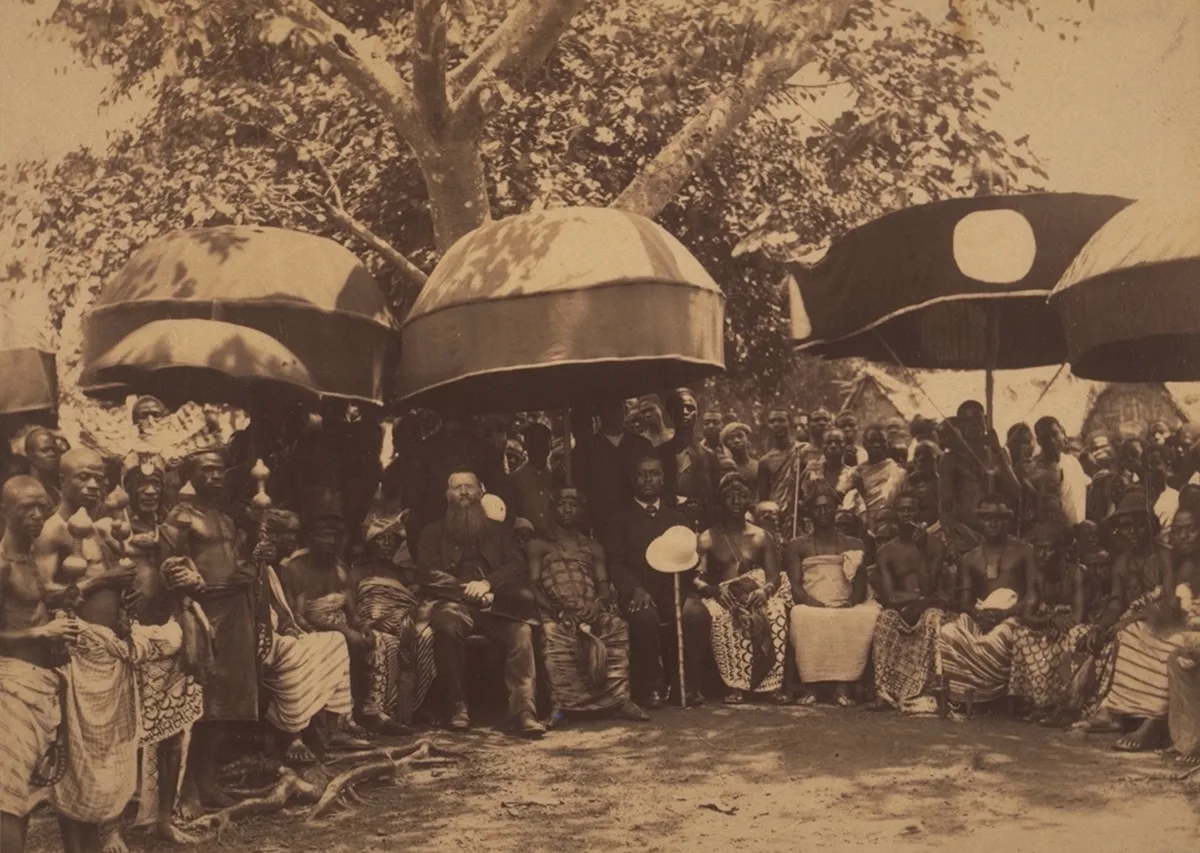
In November 1895, the British opted for a military solution to the ‘Asante problem’. British troops reached Kumasi without any notable resistance on 17 January 1896. The next day, Governor Maxwell also found himself in the capital of the Asante Empire and broke the news to the Asantehene that his Kingdom would be placed under British ‘protection’. Asantehene Agyeman Prempeh was deposed and ultimately exiled with his court to the far-off Seychelles in the Indian Ocean.
